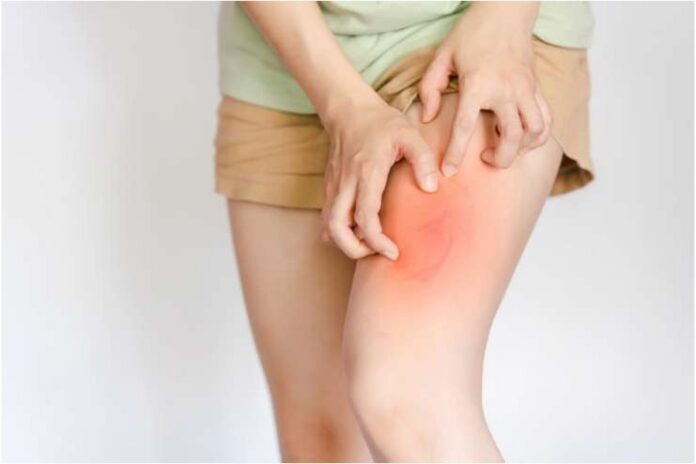Affiliate Disclaimer
Some links in this article are affiliate links. We may earn a small commission if you make a purchase through these links, at no extra cost to you. We only recommend products we find useful to our readersSkin chafing—just the thought makes you cringe. Even the most basic actions can become intolerable because of the redness, irritation, and burning sensation that chafing causes. Chafing can upset your confidence and comfort level, whether you’re battling a hectic work schedule, going for a jog, or wearing your favorite dress on a hot day.
Chafing is the result of constant friction on the skin, which is frequently accompanied by moisture or tight clothing. Although everyone can get this widespread ailment, it is particularly common in the groin, thighs, and underarms.
This article will discuss 11 surprising at-home treatments for chafed skin that are simple to use and quite successful at relieving and repairing it.
Read More: Home Remedies for Rash on Inner Thigh
What is Skin Chafing?
Skin Chafing is a problem caused by prolonged and continuous friction between the skin, either with skin or irritable fabric, or sometimes even because of excessive sweating and constrictive clothes.
It leaves behind irritation on the skin, with skin scaling, sores, and sometimes even red patches on the affected part.
Chafing is primarily visible in the most constricted places and prone to more friction from the clothes or the skin.
The most common places of contraction are between the thighs, the groin region, armpits, nipples, and even feet, although the last two are rare occurrences.
Symptoms of Skin Chafing?
The largest organ in your body is the skin, which is crucial in preserving and safeguarding your general well-being. Because of its strength and flexibility, skin can shield internal organs from external factors like heat, pathogens, and physical injury. Overwork can cause skin cells to degrade and reach their limit. To avoid chafing and friction, skin must be clean, dry, and moisturized with body oil or lotion.
Frequent rubbing increases the likelihood of skin breakdown, especially when moisture is present. Skin chafing symptoms include:
- Red rashes.
- Elevated lumps.
- The affected area and its surroundings feel hot.
- Burning or stinging feeling.
- Swelling in around the afflicted area.
- Skin that is damaged and cracked.
- Sores or blisters.
- Secondary infections of the skin.
Read More: 10 Curable Home Remedies To Relieve Tired Legs And Feet
How to Treat Skin Chafing?
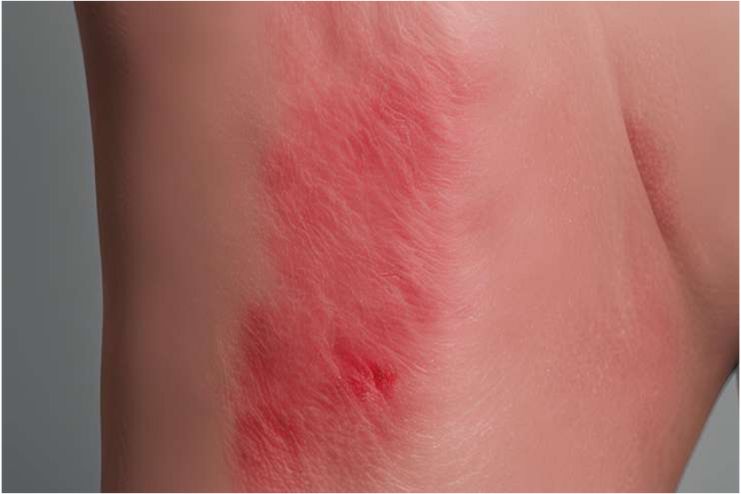
Heat waves are rapidly approaching, and a long-standing, complex mix of suffocating humidity, perspiration, and friction occurs around some of our most vulnerable spots.
You may already know what chafing is. The spectrum might range from more severe welts and rashes to unpleasant or painful skin or garment friction outcomes. The following are the best strategies to avoid skin chafing:
Consider “Moisture-Wicking” Fabric: Breathable and natural materials, such as cotton for dresses, shirts, pants, bras, and underwear, feel the best on the body and delicate skin for daily use. They allow any perspiration or moisture to evaporate without creating more friction.
Think About the Task: Depending on your work, several “workout gear” items, including leggings, might be form-fitting and cause chafing. Use the previously mentioned fabric tip to avoid this; looser or moisture-wicking garments can help control body temperature without feeling sticky.
Consider Keeping Backups on Hand: This will enable you to change as soon as discomfort occurs. For chafing problems and any worries you may have about them, just changing your clothes can help.
Specialized Anti-Chafe Equipment: Anti-chafing sticks are available from several natural manufacturers. They are small enough to fit in your gym bag and apply covertly as needed throughout the day.
Talclike Powder: For those worried, talclike powder is not the same as talc. Apply a non-talc, all-natural powder on the delicate spots beneath the breasts.
Home Remedies for Chafing
1. Cold Compress
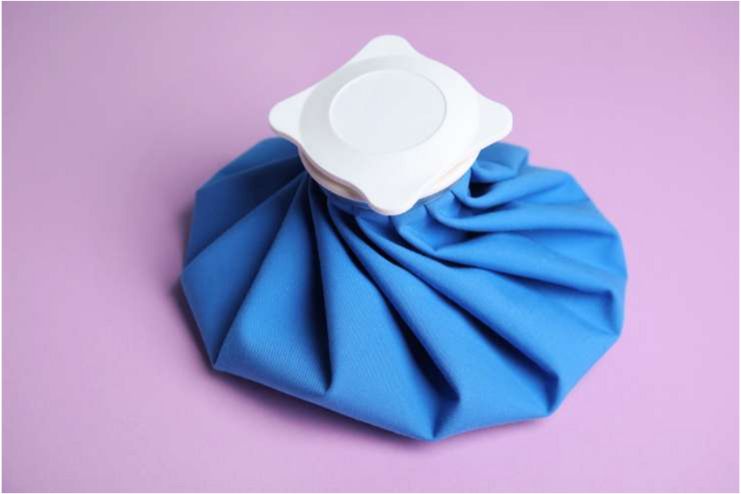
One of the worst outcomes of skin chafing is the stinging and burning sensation that accompanies it. The cold compress treatment is an excellent start if you are looking for effective natural remedies for chafed skin.
Although it is good for any form of skin chafing, it is particularly notable for treating groin chafing and healing chafing overnight so you can carry on with your daily routine the next day.
Read More: 26 Natural Remedies For Varicose Veins That Actually Work
2. Coconut Oil
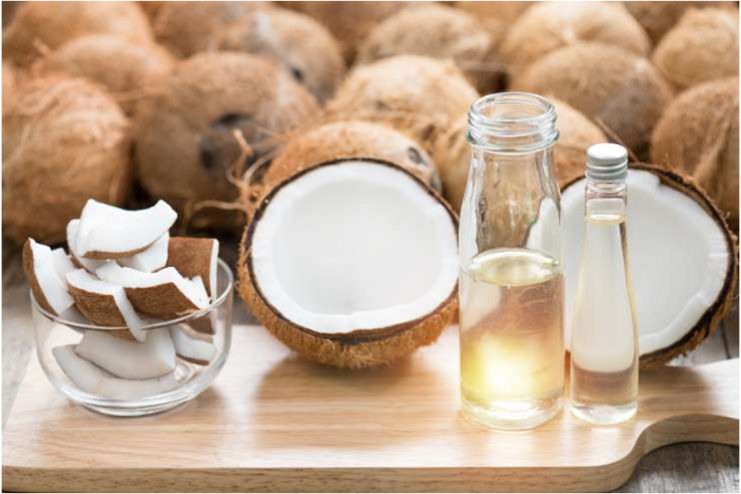
According to research, coconut oil helps heal wounds, eliminate bacteria from the skin, and lessen inflammation.
Apply coconut oil to the afflicted area to moisturize the skin and reduce irritation. Its inherent lubricating qualities may also avoid further chafing.
3. Aloe Vera
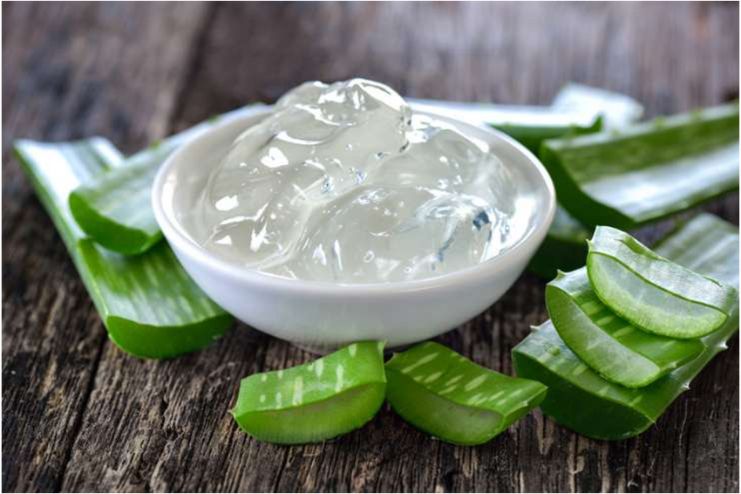
People have long utilized succulents like aloe vera for therapeutic purposes. Its leaves contain a transparent gel used to cure and soothe burns and other surface wounds. Additionally, it might reduce the chafing-induced discomfort and inflammation.
Break off a leaf from your aloe plant, squeeze off the gel, and apply it to your skin if you have one at home. Aloe vera leaves are also available at some natural food stores. You can also purchase aloe vera gel online or at a pharmacy if you cannot locate aloe vera leaves or do not wish to extract the gel yourself.
4. Corn Starch
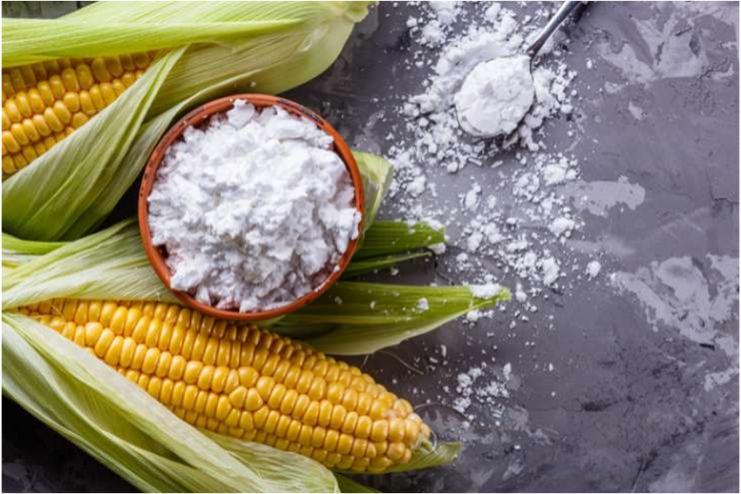
Putting cornstarch on chafed skin could help absorb additional moisture. It can be helpful when chafing occurs in sweat-prone places like the groin or underarms.
According to research, cornstarch may have antibacterial qualities, which could help shield injured skin from infections.
Read More: 20 Natural Home Remedies To Cure Cracked Feet Heels Quickly
5. Ghee
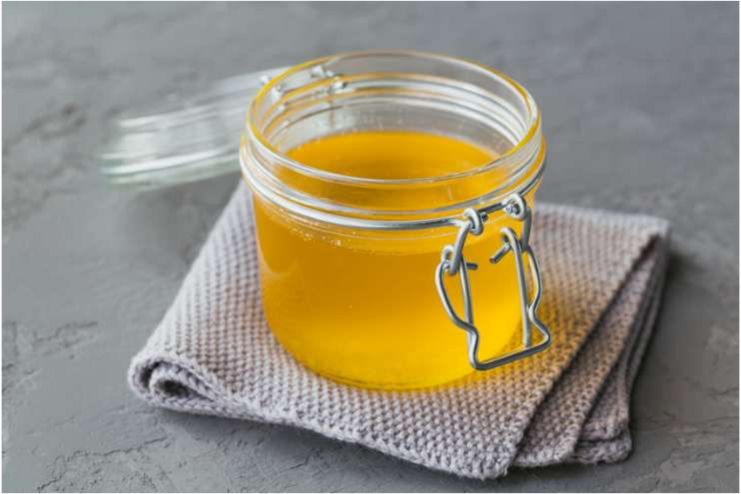
Ghee works wonders to improve the texture and tone of the skin because it has a fantastic array of moisturizing and therapeutic ingredients. Rich in fat-soluble vitamins A and E and beneficial omega-3 fatty acids, ghee is a skin-benefiting fat that can help with various skin issues, including eczema, acne, and even chafing.
Dab chafed skin with a thin coating of ghee twice a day to get rid of rough, red, and irritated skin.
6. Baking Soda
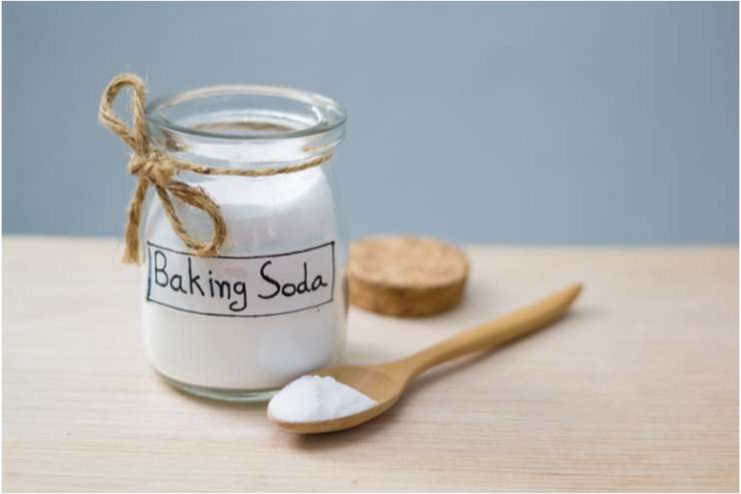
Sodium bicarbonate is the main ingredient of the easily accessible baking soda. It has inherent alkaline qualities and is an excellent natural antibacterial, making it a cost-effective and efficient treatment for skin chafing.
Make a thin paste with three tablespoons of baking soda and water, mix it gently, then apply it to rashes to help them heal.
7. Argan Oil
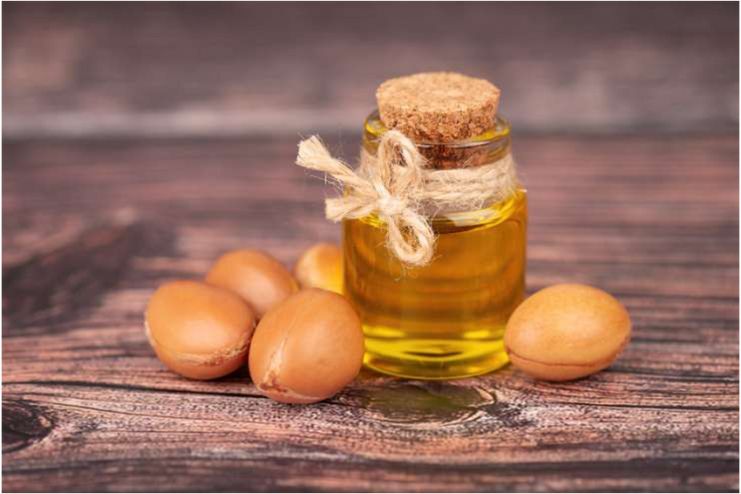
Studies show that argan oil softens and relaxes the skin while increasing its moisture and suppleness.
Argan oil is a common component of many cosmetics. Manufacturers extract the oil from the kernels of the Argania Spinosa tree, which is found nearly exclusively in Morocco’s forested regions. However, this could make it one of the priciest solutions on this list.
Read More: Treating Blood Clots in Legs and 8 Impressive Home Remedies Without Side Effects
8. Shea Butter
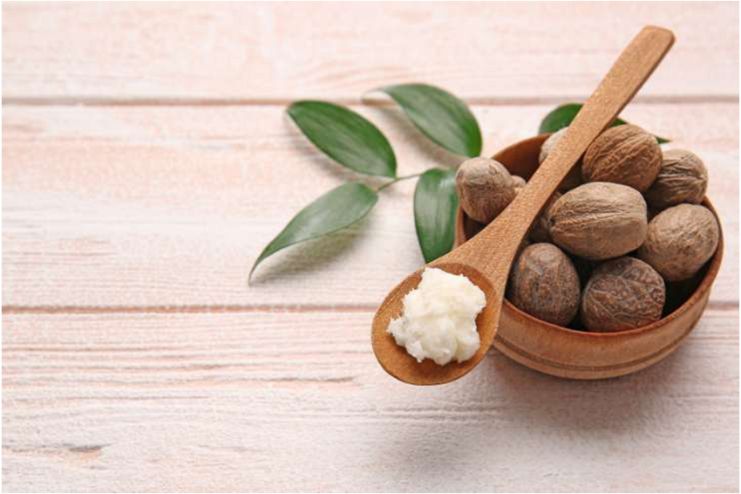
Shea butter is a fantastic natural substance that nourishes and revitalizes skin. It works wonders as a natural lubricant for dry skin and a solution for chafing. Shea butter reduces itching and restores skin elasticity because it is rich in skin-fortifying vitamins, antioxidants, and healthy fatty acids, including palmitic, stearic, linoleic, and oleic.
To address chafing and achieve smooth skin, mix two to three drops of tea tree essential oil with one cup of shea butter and apply the resulting salve daily.
9. Calendula
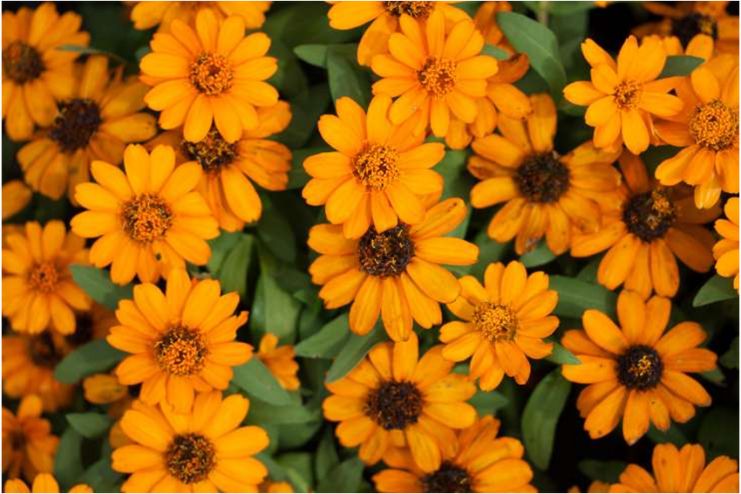
Calendula cream, which has antibacterial and anti-inflammatory qualities, is derived from the marigold flower. Apply calendula cream to the chafed area to reduce inflammation and encourage healing. You can use this mild solution several times daily to relieve discomfort, which is appropriate for delicate skin.
10. Petroleum Jelly
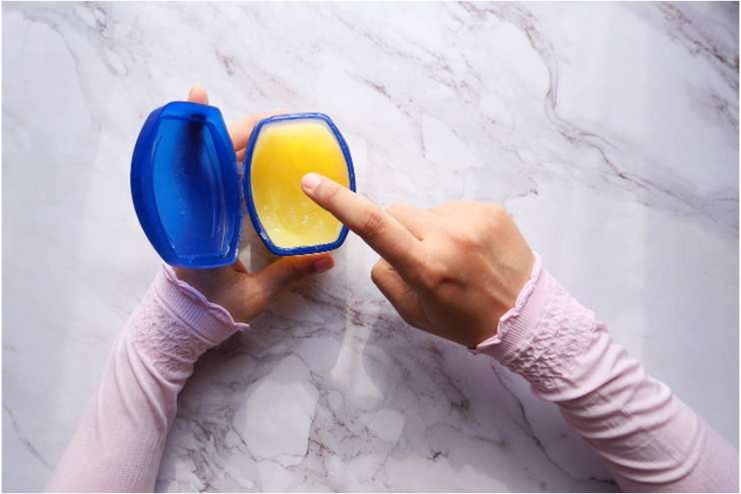
Petroleum jelly is a common household remedy for dry skin, chapped lips, and chafing. It is infused with petroleum extracts and is a semi-solid gel that easily applies to the skin’s surface, creating a solid outer layer of protection while hydrating and moisturizing it.
To reduce friction between skin tissues, apply petroleum jelly to chafed skin after showering with lukewarm water.
Read More: Most Effective Home Remedies To Deal With Rheumatoid Arthritis
11. Oatmeal Baths
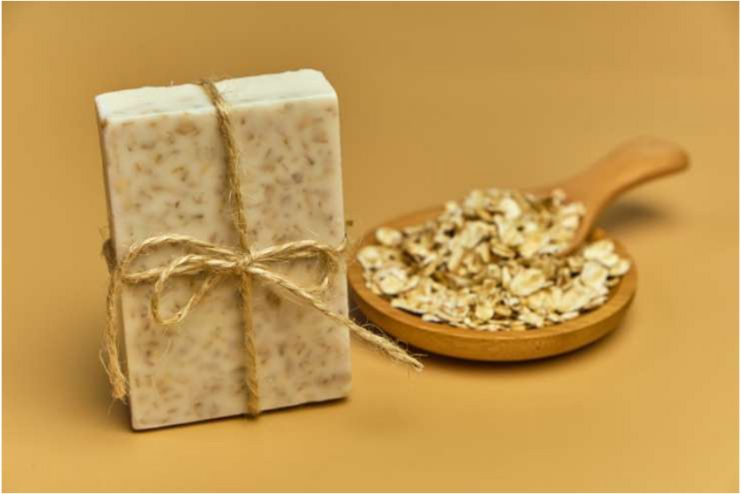
Oatmeal baths are a calming and efficient treatment for inflamed or chafed skin. Soaking colloidal oatmeal in a lukewarm bath will help reduce inflammation, redness, and itching. Soak for 15 to 20 minutes to ease discomfort and encourage healing. It will leave your skin feeling smooth and renewed.
How Long Does Chafing Last?
Sadly, many people fail to appropriately manage chafing when symptoms first appear. If the chafed region is not treated and the underlying cause is not eliminated, it may take much longer to heal and deteriorate over time. The more friction on chafed skin, the more painful it will get.
If treated immediately, chafing can be cured in one to two days. However, to witness this quick healing time, you must treat chafing as soon as you observe symptoms like rubbing, burning skin, or discomfort. Repeated skin-to-skin friction causes chafing, which can be made worse by heat and sweat. You must shield your skin to give it time to heal to stop further chafing.
Conclusion
Although skin chafing is a typical discomfort, it doesn’t have to take over your daily routine. These 11 natural therapies, which range from coconut oil’s protective properties to aloe vera’s calming effects, are efficient ways to reduce inflammation, soothe irritation, and encourage recovery.
Combining these treatments with preventative measures, such as wearing breathable clothes and keeping your skin dry, will prepare you to face chafing head-on.
Keep in mind that the key to success is consistency. Regular and careful application is the key to the effectiveness of natural therapies. Your skin takes time to recover and regain equilibrium, so be patient with it.
-
Jun 2018Written by Somapika D
-
Feb 2025Edited by Ankita
References
- https://my.clevelandclinic.org/health/diseases/23517-chafing
- https://www.webmd.com/skin-problems-and-treatments/chafing-causes-treatments
- https://www.aquaphorus.com/skin-care-tips/chafing
- https://www.mountsinai.org/health-library/special-topic/chafing
- https://www.healthline.com/health/beauty-skin-care/chafing-relief#prevention-tips
- https://pmc.ncbi.nlm.nih.gov/articles/PMC5796020/
- https://www.healthline.com/health/skin/home-remedies-for-chafing#cornstarch
- https://www.netmeds.com/health-library/post/chafing-simple-and-effective-home-remedies-to-soothe-skin-irritation
- https://www.medicalnewstoday.com/articles/home-remedies-for-chafing#causes
- https://www.onlymyhealth.com/natural-remedies-to-manage-skin-chafing-at-home-1720611455
In this Article













